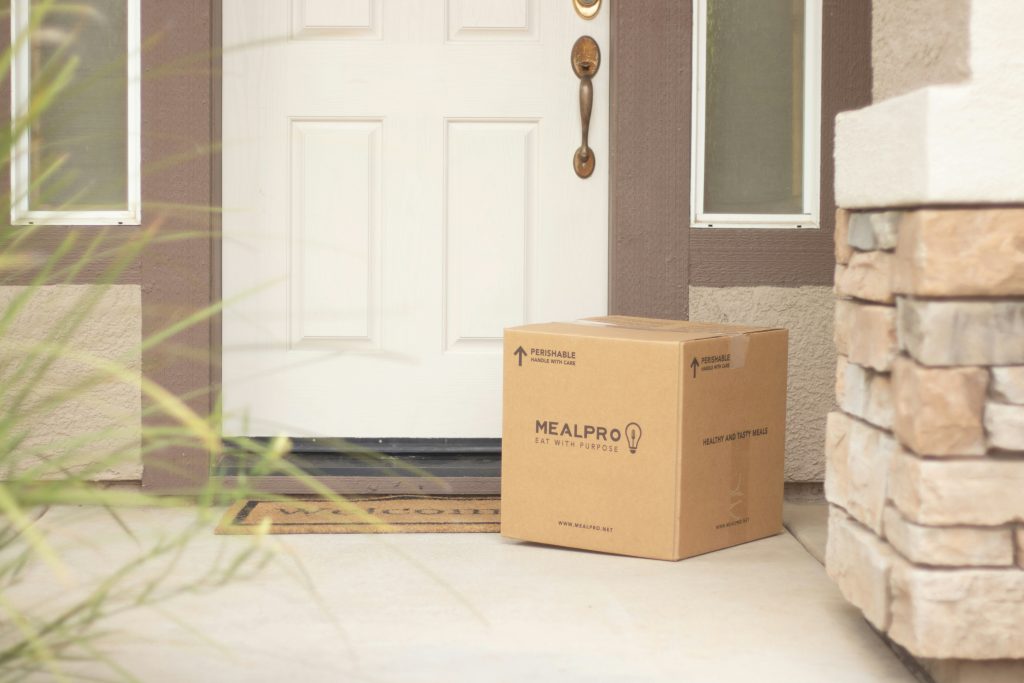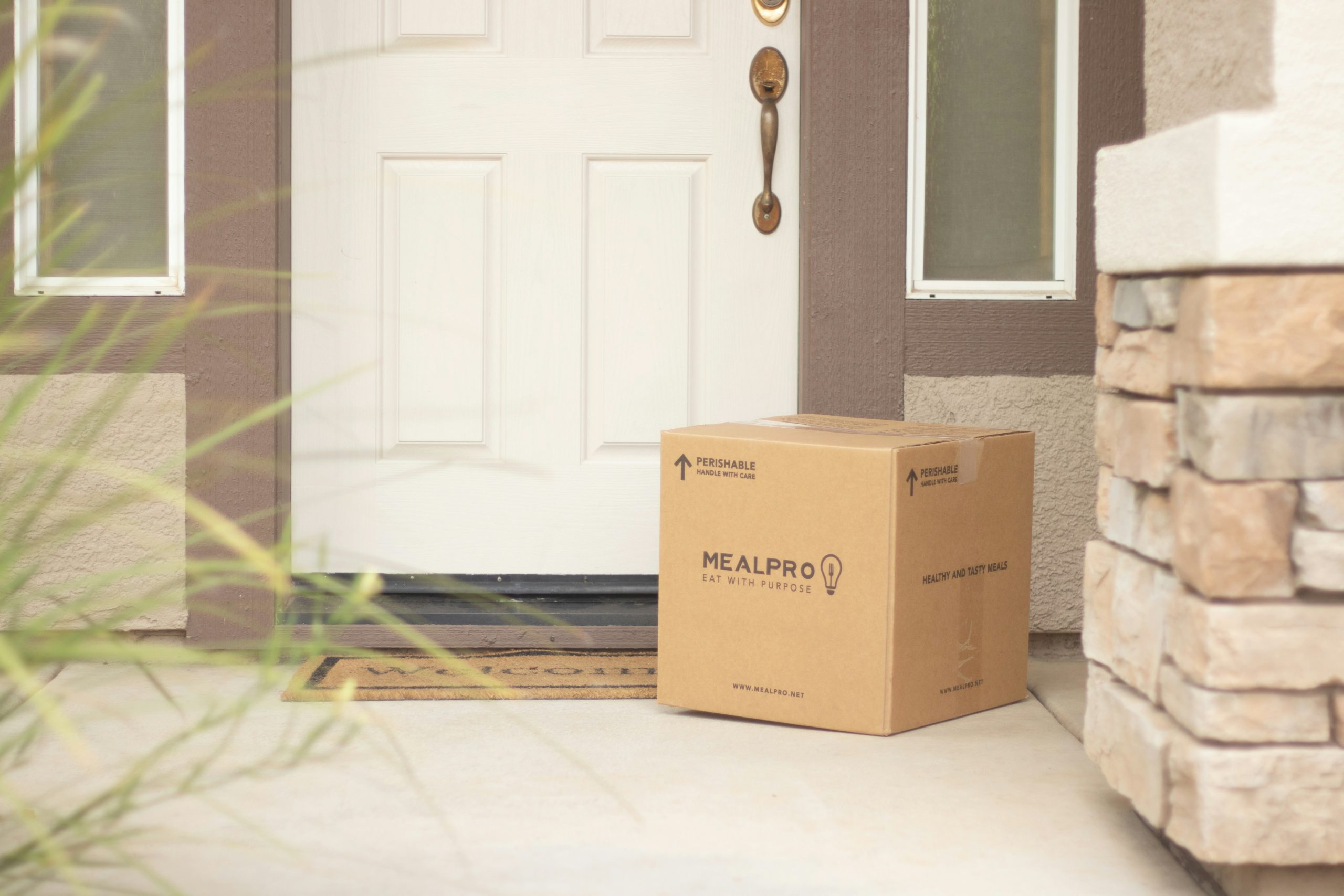
Moving from Ohio to Florida is a significant decision, but many are drawn to the Sunshine State for its warm climate, no state income tax, and numerous recreational activities. Whether you are relocating for work, family, or a lifestyle change, understanding what to expect can make the transition easier.
Benefits of Moving from Ohio to Florida
Moving to Florida offers several perks. The weather is the most apparent benefit. With year-round sunshine, Florida provides an escape from Ohio’s cold winters. The beaches, natural parks, and vibrant culture also make it a desirable place to live.
Florida is also known for its lack of a state income tax. This financial advantage can help you save money over time. Plus, Florida’s cost of living is generally lower than in Ohio, though this can vary depending on the city you choose to move to.
Things to Consider Before Moving
Before making the move from Ohio to Florida, consider the following:
- Housing Costs: Housing prices can differ significantly across Florida. While some areas offer affordable living, others, like Miami or Orlando, are more expensive. Research the housing market in your chosen city to ensure it fits within your budget.
- Job Market: Florida boasts a robust job market, particularly in industries such as tourism, healthcare, and technology. However, it’s essential to secure a job or have a plan in place before making the move, as some regions may have more opportunities than others.
- Healthcare: Florida offers excellent healthcare facilities; however, it’s essential to verify if your current insurance plan is accepted in the state. Understanding healthcare options is crucial for your well-being.
- Natural Disasters: Florida is prone to hurricanes and tropical storms. If you’re moving to the state, be sure to prepare for the weather conditions by investing in appropriate home insurance and learning about evacuation routes.

Steps to Prepare for Your Move
- Create a Moving Plan:
- A detailed moving plan helps you stay organized and on track. Start by setting a moving date and creating a checklist of tasks you need to complete before, during, and after the move.
- Declutter Your Home:
- Before packing, sort through your belongings to ensure everything is organized. Donate or sell items you no longer need. This will make the packing process easier and reduce moving costs.
- Research Moving Companies:
- Finding a reliable moving company is essential. Look for a company with experience in long-distance moves and obtain multiple quotes to compare prices.
- Pack Smart:
- Pack your items by room and label each box. Use sturdy boxes and packing materials to protect fragile items. Don’t forget to pack essential items separately, such as toiletries, a change of clothes, and any necessary documents.
- Update Your Address:
- Once you’ve confirmed your new address, update your information with the U.S. Postal Service, banks, and other institutions. This will ensure your mail is forwarded to your new location.
- Plan for the Trip:
- Depending on where you are moving from in Ohio, the drive to Florida can be long. Be sure to plan your route and select suitable rest stops along the way. If you’re flying, ensure all your documents and luggage are ready well in advance.
Moving Tips for Ohio to Florida
Here are some tips to help make your move from Ohio to Florida as smooth as possible:
- Pack for the Weather:
- Ohio’s winters can be cold, but Florida’s hot and humid climate requires a different wardrobe. Make sure to pack accordingly, especially when it comes to clothing for warmer weather.
- Consider Temporary Storage:
- If you’re not able to move everything into your new home immediately, consider renting a storage unit in Florida to keep your belongings safe until you can settle in.
- Get to Know Your New City:
- Florida is home to numerous cities, each with its unique charm. From the bustling city life of Miami to the laid-back lifestyle of Sarasota, take time to explore your new surroundings. Learning about local schools, shopping centers, and cultural events can help you adjust faster.
- Driving in Florida:
- If you’re planning to drive in Florida, ensure you transfer your Ohio driver’s license to a Florida one. Additionally, familiarize yourself with Florida’s traffic laws and road conditions.
- Know the Costs:
- The cost of living in Florida can vary based on where you live. Larger cities like Miami, Orlando, and Tampa can be expensive, but smaller towns offer more affordable housing and daily expenses. Be sure to calculate the overall cost of living in the area you’re considering before making the final move.
Frequently Asked Questions (FAQs)
1. How long does it take to drive from Ohio to Florida?
The drive from Ohio to Florida can take anywhere from 10 to 15 hours, depending on your starting point and your destination in Florida. It’s best to plan your trip with regular rest stops along the way.
2. Do I need to change my driver’s license when moving to Florida?
Yes, if you are moving to Florida, you’ll need to transfer your Ohio driver’s license to a Florida driver’s license within 30 days of establishing residency.
3. What is the best time to move from Ohio to Florida?
The best time to move is during Florida’s off-peak seasons, which are from May to October. This is when moving companies are less busy, and travel costs are generally lower.
4. Are there any benefits to living in Florida?
Yes, Florida offers no state income tax, beautiful beaches, and a warm climate year-round. It’s also home to many entertainment options, including theme parks like Disney World and Universal Studios.
5. What should I do if I am not familiar with the area?
Before you move, do some research about the area. You can use online resources or visit your new city to explore neighborhoods, amenities, and job opportunities. Reaching out to locals or joining online communities for your new city can also provide helpful insights.
By planning carefully and considering all aspects of the move, your transition from Ohio to Florida can be an exciting and successful one. Remember to research, prepare, and stay organized throughout the process to ensure a smooth move to your new home.

